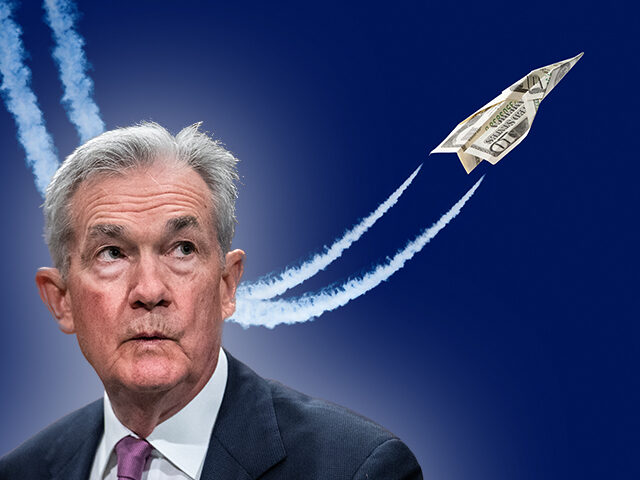A key gauge of inflation surged higher in January, confirming earlier data showing that the prices of goods and services in the U.S. rose at a faster clip as the new year began.
The producer price index for final demand, a broad measure of the prices paid for goods and services produced by U.S. business, rose 0.3 percent from a month earlier, the Department of Labor said Friday.
Wall Street had expected a smaller rise of just 0.1 percent. In December, the index fell by 0.1 percent after rising just 0.1 percent in November.
The surge in January pushed the index up at the fastest pace since August of 2023.
The biggest drivers of the increase were prices of services. The services index jumped 0.6 percent from the prior month, the biggest advance since July of 2023.
Core producer prices—a measure that excludes food, energy, and the trade services metric of retail and wholesale margins—rose 0.6 percent, the biggest jump since January of 2023.
Goods prices continued to decline in January, falling 0.2 percent for the month.
The producer price index is a measure of prices received by domestic producers of goods and services for personal consumption, capital investment, government use, and export.
The producer price part of the measure’s name comes from the fact that the price changes are measured from the point of view of the seller of the goods rather than the buyer. That means they do not include sales or excise taxes or government subsidies that go to consumers. Shipping costs that are paid by consumers are also excluded. The prices of imports are not included because those are not received by U.S. producers but by foreign producers.
The final demand part of the measure’s name comes from the fact what is measured is the prices of sales to what are sometimes called end-users. That is, these are not sales of components or materials that are directly employed to create goods and services sold to consumers. These are products sold to customers who are government buyers, household buyers, businesses buying capital goods, and foreign buyers.
The PPI report confirms the inflationary surge indicated earlier this week by the consumer price index, which jumped by a higher than expected 0.3 percent. Core CPI, which excludes food and energy prices, rose by 0.4 percent. This week the government also reported that import prices, a leading indicator of domestic inflation, rose by 0.8 percent, defying forecasts for a small decline.
The producer price index fell on a monthly basis three times last year, indicating a decline in prices. Each time, however, it bounced back into positive territory. Inflationary pressures that began in the goods sector of the economy, thanks to a surge in consumer purchases and supply chain constraints, has shifted to services.
Compared with a year ago, the producer price index is up 0.9 percent. Core prices, however, are up 2.6 percent.
The higher-than-expected rise in CPI sent Wall Street scrambling this week to re-evaluate its expectations for rate cuts from the Federal Reserve. Major stock index sold off on Tuesday and bond prices declined, pushing up yields. There was a sharp decline in the odds of rate cuts in May and June implied by prices in the federal funds futures market.
A number of Fed officials have said this year that they expect to cut interest rates this year but are waiting for more data so they can be more confident that inflation is on a path down to their two percent target.

COMMENTS
Please let us know if you're having issues with commenting.